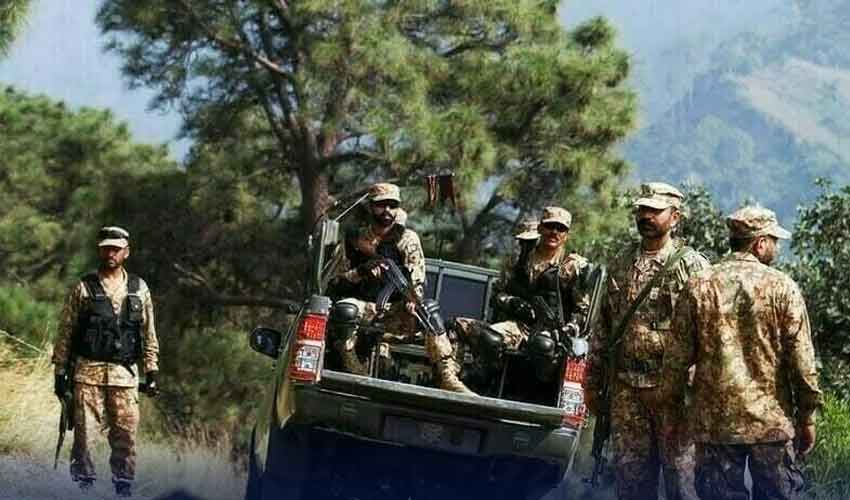Security forces have killed 23 India-sponsored Khawarij militants in two separate operations in Khyber Pakhtunkhwa.
In Bajaur district, 11 militants were sent to hell during an intelligence-based operation…

Security forces have killed 23 India-sponsored Khawarij militants in two separate operations in Khyber Pakhtunkhwa.
In Bajaur district, 11 militants were sent to hell during an intelligence-based operation…